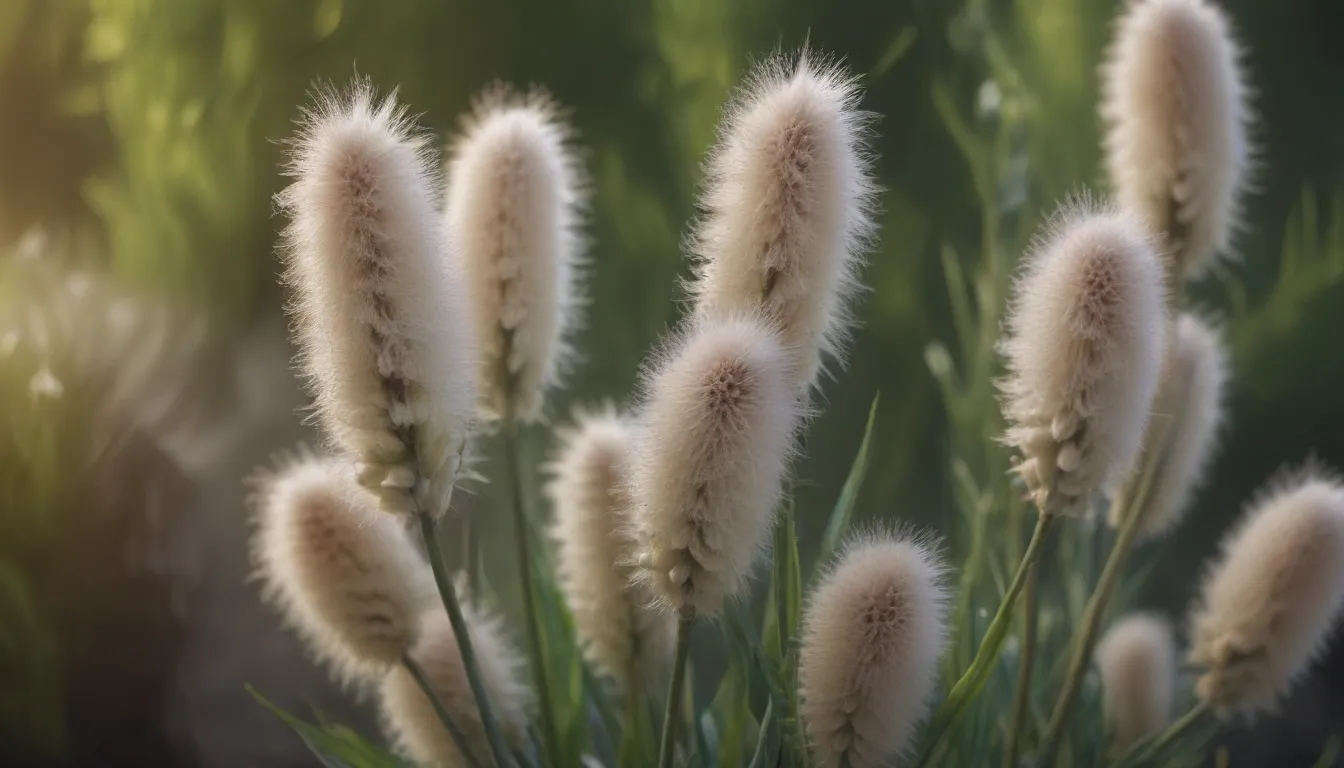The Complete Guide to Growing and Caring for Pussy Willows: A Friendly and Informative Approach

Are you looking to add a touch of whimsy and beauty to your garden? Consider growing and caring for pussy willows! These delightful shrubs are known for their fuzzy catkins that appear in early spring, creating a charming and welcoming atmosphere. In this comprehensive guide, we will explore everything you need to know about growing and caring for pussy willows, from choosing the right planting location to preserving the beauty of your branches. Let’s dive in and unlock the secrets of these enchanting plants!
Introduction to Pussy Willows
Pussy willows, also known as Salix, encompass several smaller willow species that feature furry catkins in early spring. While the name is most commonly associated with the North American native deciduous shrub, Salix discolor, European species such as S. caprea and S. cinerea are also occasionally referred to as pussy willows. These swamp-loving shrubs are typically found in wild wetlands, but with the right conditions, you can cultivate them in your yard. With their rapid growth and potential height of up to 25 feet, pussy willows make excellent privacy screen shrubs. Plus, did you know that a simple branch stuck into the soil can sprout into a fully developed plant in just a few months?
Pussy Willow Care Tips
Planting Location
- Pussy willows thrive in wetland environments and require plenty of water.
- Ensure proper drainage and avoid planting near septic tank fields, sewer lines, and water lines.
- Keep the shrubs compact through regular pruning to prevent snow and ice damage.
Light
- Pussy willows prefer full sun but can tolerate some shade.
Soil
- Opt for loamy, moist, and rich soil to support healthy growth.
- Maintain constant moisture levels for optimal performance.
Water
- These plants love moisture, so be sure to provide adequate water to prevent drought stress.
- Adjust watering frequency based on soil type to keep the soil consistently damp.
Temperature and Humidity
- Pussy willows thrive in temperate climates with cold winters, such as zones 4 and 5.
- They can tolerate high humidity levels but grow slower in warmer zones (6 to 8).
Fertilizer
- Feed pussy willows with compost or leaf mold.
- Apply a balanced fertilizer in the fall for plants over one year old.
Types of Pussy Willow
While Salix discolor is the most common native pussy willow in North America, other Salix species also bear the moniker:
– Salix caprea
– Salix capreapendula
– Salix cinerea
Pruning Techniques
Pruning is essential for promoting healthy growth and preventing disease in pussy willows:
– Encourage lateral growth and larger catkins by providing ample room for new branches.
– Maintain a rounded shape for the shrubs and remove any damaged or untidy growth.
Propagating Pussy Willows
If you want to expand your pussy willow collection, consider propagating through stem cuttings or seeds:
– Stem cuttings are a popular method and can quickly establish new plants for your garden.
– Seed propagation is less common but straightforward for enthusiasts looking to grow plants from scratch.
Growing Pussy Willows in Pots
Potted pussy willows offer flexibility and can be grown outdoors year-round with proper care:
– Use a large pot with good drainage and repot every few years to prevent root-bound growth.
– Daily watering may be necessary for potted plants, especially during the growing season.
Overwintering and Common Pests
Pussy willows require minimal care for overwintering, but vigilance against pests and diseases is crucial:
– Prune affected branches to control common pests like aphids and scale.
– Monitor for diseases like powdery mildew and cankers and take prompt action to prevent further spread.
Preserving the Beauty of Pussy Willow Branches
If you wish to enjoy pussy willow branches as decorative elements, follow these tips for preservation:
– Harvest branches at the right time to maintain their beauty.
– Force early catkins to bloom indoors for prolonged enjoyment.
– Consider drying catkins for use in dried flower arrangements.
Common Problems and Solutions
Despite their resilient nature, pussy willows may encounter issues such as yellowing leaves and wildlife damage:
– Adjust lighting conditions to address yellowish-green leaves.
– Protect against cracking branches and wildlife damage with appropriate measures.
In conclusion, pussy willows are versatile and low-maintenance plants that can add a touch of charm to any garden. By following the care tips outlined in this guide, you can cultivate healthy and thriving pussy willows in your own backyard. Whether you’re a novice gardener or seasoned enthusiast, these enchanting shrubs are sure to bring joy and beauty to your outdoor space. So, why not consider adding a touch of whimsy with pussy willows to create a welcoming oasis for yourself and your loved ones?
For more information on growing and caring for pussy willows, consult your local nursery or extension office. Happy gardening!





